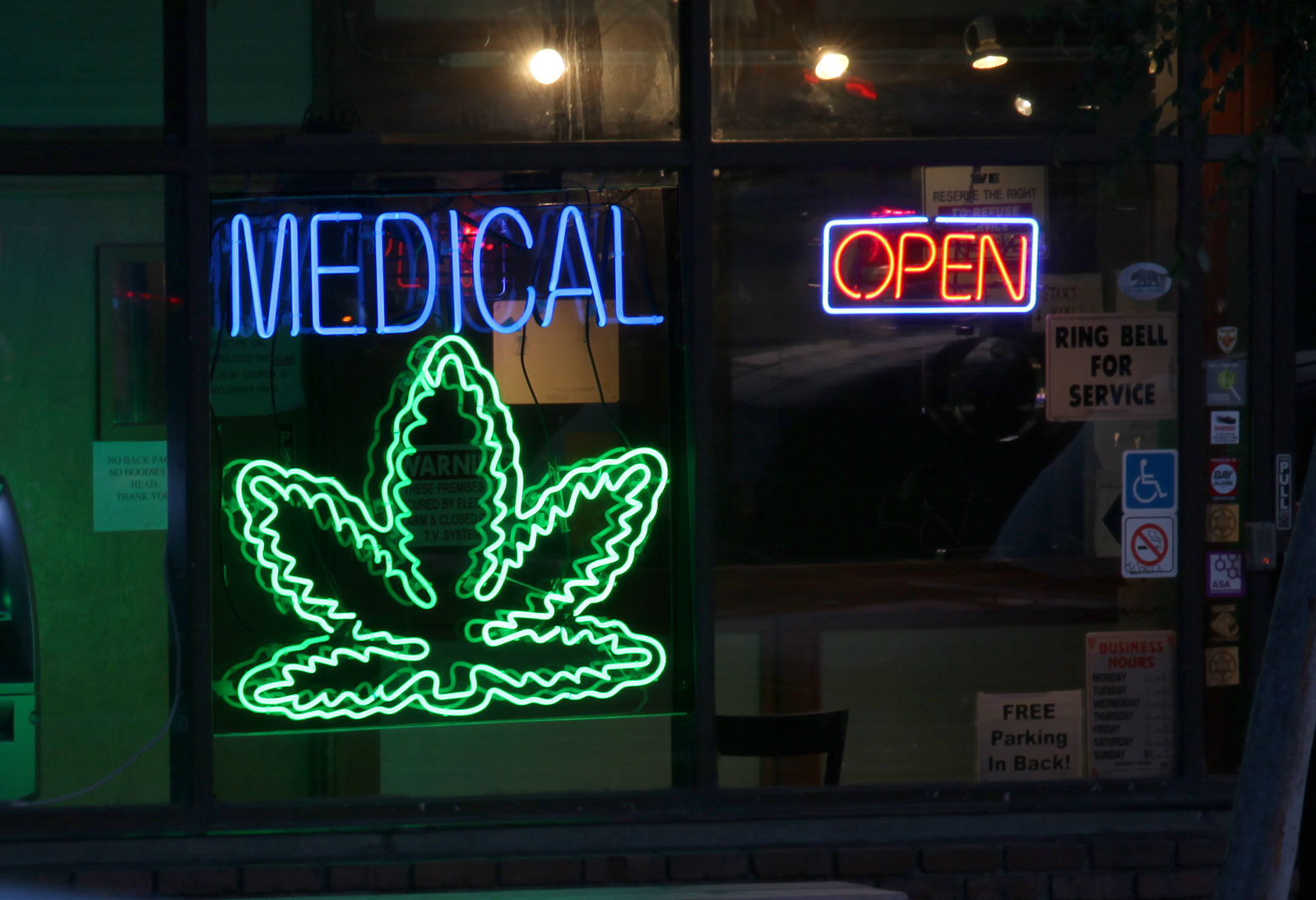The Local newsletter is your free, daily guide to life in Colorado. For locals, by locals.
Scientists still have a lot to learn about marijuana’s medicinal properties, but thanks to a recent study, we now know this: People are filling fewer pharmacy prescriptions for certain medical conditions in states, like Colorado, where medical cannabis is legal.
The research, published in the journal Health Affairs in July, identified nine medical conditions that are often treated with marijuana: anxiety, depression, glaucoma, nausea, pain, psychosis, seizures, sleep disorders and spasticity. The scientists—a father-and-daughter team from the University of Georgia—then examined Medicare prescription drug data from 2010–13 and found prescriptions used to treat nearly all of these conditions significantly declined once a state enacted medical marijuana laws.

They saw no changes in prescriptions for drugs used to treat illnesses not usually associated with marijuana relief, like blood-thinners and antibiotics.
Fewer prescriptions for conditions like pain, anxiety, and nausea resulted in a Medicare cost savings of $165.2 million in 2013, a year when 17 states and Washington, D.C. had medical marijuana laws in place. (Today, 25 states have them.) If all the states had legalized medical marijuana in 2013, the study’s authors say, Medicare savings would have been $468 million, or 0.5 percent of the entire Medicare Part D $103 billion budget. Medicare accounts for 15 percent of the overall federal budget, according to data from the Henry J. Kaiser Family Foundation.
Of course, Medicare does not cover the cost of medical marijuana. The federal government classifies it as a Schedule 1 drug, indicating it has high abuse potential, no medical use, and severe safety concerns. Just last week, the Drug Enforcement Administration passed on an opportunity to reclassify marijuana under federal law.
This study seems to show many patients disagree with the government’s “no medical use” determination.
In states where medical marijuana is legal, “people are reacting as if there’s benefit; as if medical marijuana is medicine,” says the study’s co-author, University of Georgia public policy professor W. David Bradford. He added that, if the federal government were to reschedule marijuana into a less restrictive drug category, it would allow clinical researchers to study whether there’s true medical value.
In Colorado, though, medical marijuana is old news. Pot’s been legal for medicinal use since 2000 and recreational use since 2012. The stores licensed to sell recreational marijuana didn’t open until January 1, 2014, so they didn’t factor into the Bradfords’ study.
Still, Bradford speculates our state’s more free-flowing pot wouldn’t dramatically alter his study’s results. “Colorado already had such a well-established medical marijuana dispensary system,” he says. “[The recreational law] should make it no harder or easier for patients to get their hands on it.”
In fact, Colorado patients still have incentives to use their state-issued medical marijuana cards, even though they could buy the substance recreationally. Medical marijuana is taxed at much lower rates, and patients can possess more than the one-ounce allowed to non-medical users. It’s also possible for people younger than 21 to get marijuana for medical purposes.
As financial news outlets Forbes and CNBC have reported, medical marijuana sales in Colorado are still growing year over year—but nowhere near as much as recreational sales. In 2015, medical pot sales were up five percent over 2014, but recreational sales were up 86 percent.
Colorado has dedicated $9 million to its Medical Marijuana Research Grant Program to study “the effects and efficacy of marijuana for medical treatment.” As for the Bradfords, their next research will be a similar study that examines Medicaid prescription data, giving them a glimpse at how a younger population of patients might be substituting pot for prescriptions. What effect their studies might have on federal and state laws remains to be seen.








